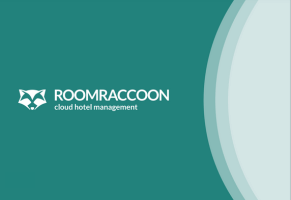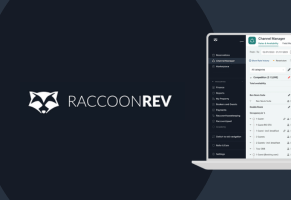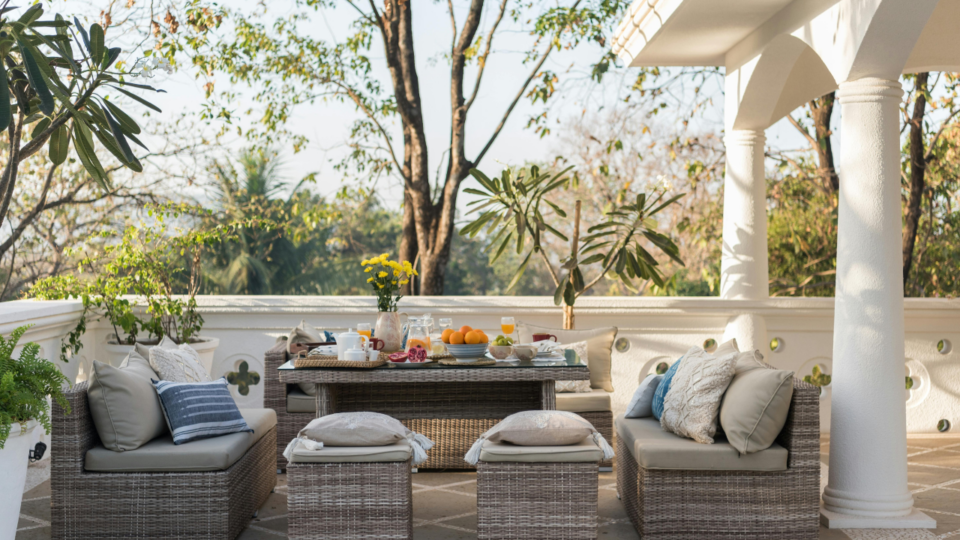Free Occupancy Rate Calculator for Your Property
What Is an Occupancy Rate?
An occupancy rate calculates how many rooms are occupied on your property. It is the amount of rented rooms as a percentage of the total space available. The occupancy rate formula is the total number of units occupied divided by the total number of units available.
This percentage helps hoteliers and property owners to understand how much of their property is occupied at a given time. Occupancy rates can also help property owners to find and uncover patterns in guest behavior. The analyses can help hoteliers find out what is working well to increase occupancy and what is not.
It is essential to take note of occupancy rates to inform new strategic decisions for the hotel’s performance plan. As an example of uncovering patterns, occupancy rates may be higher in a hotel around the 14th of February. The hotelier could hypothesize this is due to Valentine’s Day spoils and celebrations around the day of love.
How and When Do You Calculate a Hotel’s Occupancy Rate?
Hotel Occupancy Rate Formula:
A hotel’s occupancy rate formula an be calculated as = total number of units occupied / total number of units available:
A property owner will work with their occupancy rate when analyzing the hotel’s performance. So, this formula will be of value to hoteliers daily, monthly, and yearly. Using an occupancy rate calculator, property owners can determine how successful they are in filling rooms during specific periods.
A hotelier or property owner can easily calculate the occupancy rate of their property with the occupancy rate formula. The occupancy rate formula is the total number of units occupied divided by the total number of units available and returned as a percentage.
For example, a hotel with 50 rooms has occupied 40 rooms on a given weekend. The occupancy rate for the hotel that weekend will be 80%. This would be a good occupancy rate for the hotel as it is over 70%. The occupancy rate is calculated by the following:
40 / 50 x 100 = 80%.
Occupancy rate calculation explained: total number of units occupied / total number of units available x 100 (to calculate percentage) = [x]%.
What Is a Good Occupancy Rate for a Hotel?
Of course, all hoteliers aim to have an occupancy rate of 100% for the best return on investment. However, a good occupancy rate is considered 70% and above for properties to generate profit effectively. If your property’s occupancy rate is consistently low, it may signify that something in your strategy needs to change.
5 Simple Ways to Increase Your Hotel’s Occupancy Rate
Strategy 1: Utilize all distribution booking channels
The distribution strategy is a huge chunk of your hotel’s marketing mix. The more distribution channels your hotel is represented by, the larger the audience and the better the brand awareness. We’ll focus on the four main types of distribution: your hotel booking engine, Online Travel Agencies, Metasearch engines, and Google Hotel Ads.
A good hotel marketing mix will include at least three of the four main booking channels. By investing in multiple distribution strategies, you increase your hotel’s visibility. The more exposure your hotel receives, the more reservations will follow, increasing your hotel’s occupancy rate.
Strategy 2: Offer add-ons & packages for value
Add-ons and packages are synonymous with vacations. Why do they exist? Add-ons are offered to guests to improve their experience and stay at your hotel. Your hotel’s add-ons can be tailored to your unique experience. Automated upselling in the online check-in phase is also highly effective for hoteliers. Add-ons enhance the experience on offer, the more likely guests are to choose your hotel, therefore boosting occupancy.
Hotel packages also help to offer your guests a unique getaway, often with money saved. This is a tremendous value add for guests traveling in groups for friend and family vacations. By offering group packages, you inevitably increase your hotel’s occupancy and occupancy rate.
Strategy 3: Set up revenue management
Revenue management uses dynamic pricing to sell your rooms at the best possible rate. So, what does this have to do with hotel occupancy? Hotel occupancy is influenced by your room rates and revenue management. Yield management dynamically adjusts room rates based on pre-set occupancy rate rules.
Not only is the occupancy rate integral to yield management, but it also benefits from dynamic pricing. Dynamic pricing helps to adjust the rate of rooms that are over-priced or under-priced. Selling more rooms and increasing occupancy while also bringing in additional revenue.
Strategy 4: Create local and domestic rates
Local rates help to stimulate domestic travel by offering great value for travellers. While the pandemic certainly catapulted local travel, it looks as if it's here to stay. With rising costs of travel and inflation increasing globally, everyone is looking for a deal.
By offering special domestic rates, you can help increase your occupancy year-round. While international travellers may be chasing summer, local travellers may have other motivators for booking their vacation. Your biggest market is local, and it’s waiting to be activated.
Strategy 5: Offer discounts and flash sales
Discounts are an important driver of travel. Guests are more price-aware than ever, and everyone knows how to find a deal online. Discounts can be a great way to offer travellers better value, celebrate certain holidays, or reward loyal customers. Either way, better value will result in a better occupancy rate for your company.
Flash sales are a great way to generate excitement and keep your target audience on their toes. These unexpected discounts run with a time limit, encouraging travellers to book now. If you’re looking for a quick strategy to increase your number of occupied rooms – use discounts and flash sales!
The Importance of Occupancy Rate and Related Hospitality Metrics
While occupancy rate is a key metric for properties to calculate, other metrics will affect the property's profitability. Additional important hotel metrics include ADR (average daily rate), RevPAR (revenue per available room), GOPPAR (gross operating profit per available room) and TrevPAR (total revenue per available room).
Having a high-level overview of various hospitality metrics helps inform a well-rounded strategy. By using a blend of metrics that measure different aspects of success, you’re covering all your bases. Furthermore, a number of metrics are interlinked with a level of dependency, so all of the measurements of success must be considered together.
Occupancy Rate Best Practices
Your occupancy rate will be one of the crucial performance metrics of your hotel. It’s always important to consider some factors that may influence occupancy. While there are a few ways you can help keep your occupancy rate up, there are some factors that may be outside of your control.
External factors that influence hotel occupancy rates:
- Seasonality
- Economic fluctuations
- Vacation trends
- Location popularity
- Local events
- Country legislation
Luckily, there are quite a few tactics that can help improve your hotel occupancy rate. Let’s take a look at some of the best practices:
- Measuring & tracking occupancy rates
- Analyzing historical occupancy rates
- Using occupancy rate statistics for new strategies
- Utilize all distribution booking channels
- Offer add-ons for extra value
- Set up revenue management
- Create local and domestic rates
- Offer discounts and flash sales
Your Property’s Occupancy Rate is:
--
The Complete Buyer’s Guide to Hotel Management Software for Independent Properties
Ready to make the perfect investment? Our buyer’s guide provides you with a comprehensive checklist that is completely editable so that you can personally compare software vendors’ tools and features against each other.






